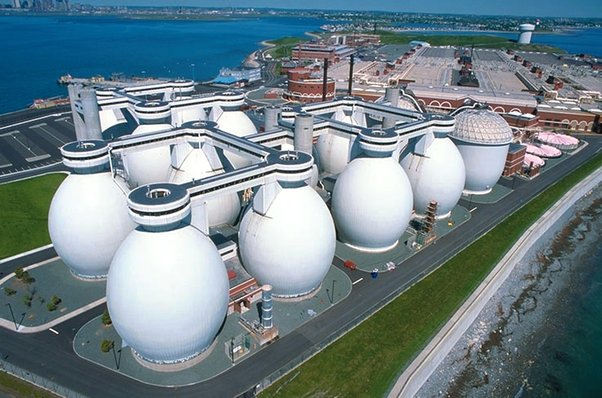Human waste is highly inconvenient. It smells terrible and can be difficult to dispose off when no plumbing is available. So the question is; can human waste be used as fertilizer?
Fortunately, human waste has several benefits that can make it useful as well.
This article explains why you shouldn’t fear the toilet and how human waste can be used to your advantage if you’re in an outdoor setting or another situation with few resources.
Feces have many uses, which can help your living situation become more manageable.
These benefits of using human waste as fertilizer extend beyond composting toilets and include any situation where human waste can be used as a resource instead of a burden.
Highlights
- Benefits of human waste
- Where it is being used
- The bottom line.
Benefits of human waste
1. As sewage fertilizer
Sewage fertilizer is made by treating the wastewater that results from human waste treatment. This wastewater has high levels of phosphorus and potassium, which are key nutrients for plant growth. Sewage fertilizer is often used in commercial farming operations or large-scale home gardening projects.
Unlike some of the other fertilizers on this list, sewage fertilizer can be bought from many sources. This makes it a convenient option for indoor gardening projects or fertilizing soil in small gardens. While it might not be the most appealing fertilizer for indoor plants, it is easy to find and a good option for anyone who doesn’t have access to human waste.
Sewage fertilizer is also a good option for outdoor plants, especially if you have a plan for dealing with the smell of the fertilizer. Commercial solutions for odor control that can be applied to the fertilizer are available, but you can also reduce the smell of the fertilizer by covering the area when the fertilizer is applied.
2. Animal Feeding
Many animals, including pigs and cows, are commonly fed human waste. This is called “night soil,” and it has been used as animal feed for thousands of years. Animals can eat the waste directly, but they can also consume human waste through hay or other feed. Once again, the main challenge for indoor and small-scale farming is the smell. However, odor control for animal feed can be simpler than for fertilizer. You can cover the feed with a lid or even a cloth to prevent the smell from escaping, or you can plan your animal feeding schedule around the time when your neighbors are less likely to notice the smell.
3. Composting
Composting is the natural process of decomposition in which organic materials are broken down by microorganisms. Composting human waste is a great way to create fertilizer and help break down waste in a healthy way. Composting has become a popular solution for indoor composting, but it can also be done outdoors with some simple modifications. You can add extra carbon materials, such as leaves, to darken the compost and reduce the odor of the waste. You can also maintain a compost pile that is several feet from your home to prevent the compost from smelling up your house.
4. Human Urine as Fertilizer
Urine is another byproduct of the human digestive system that can be used as fertilizer. Urine is high in nitrogen, so it is often used as a fertilizer for plants that need more nitrogen in their soil. Urine can be used directly on indoor plants or added to outdoor compost piles if it is not too concentrated. If the urine is too strong, it can kill plants or burn their roots. A good rule of thumb for outdoor use is to dilute the urine by half before adding it to the compost.
Read also: The biggest farms in the world
Where it is being used
There’s a huge water treatment facility in Boston that purifies and dries waste from the city and 34 surrounding areas, turning it into safe gray water that is then cycled back into the ocean, all while producing high-quality fertilizer. In addition, the entire facility is situated on a scenic harbor island that is open to the public and includes miles of walking trails and views of Boston’s beautiful harbor and skyline.

It is estimated that around three quarters of human waste in the UK is composted, while the remainder is dumped in the sea, often via Britain’s waterways. After the waste is filtered through a filter press and laid on a gravel bed to remove most of the water, it is composted for around a decade.
Each time it is turned, it resembles black soil. It contains rubber rings and strings from tampons, but is otherwise similar to the finest garden dirt. This dirt is provided to farmers, who use it to cover their fields and, in some cases, mixed with real topsoil to sell in garden stores and elsewhere.
Despite the fact that it contains heavy metals, rubber debris, and other harmful substances, this dirt is advertised as “topsoil.” It does not smell, and is therefore supposedly non-toxic.
The bottom line
Human waste is a nuisance when it is indoors, but it can be very useful when it is outdoors. There are many benefits to using human waste as fertilizer, and it can even be used to feed animals. Composting is a natural way to break down waste, and it can create fertilizer as a result. Many plants benefit from fertilizer made with human waste, and it can even be used to feed animals. With a few simple changes, human waste can be a great fertilizer.